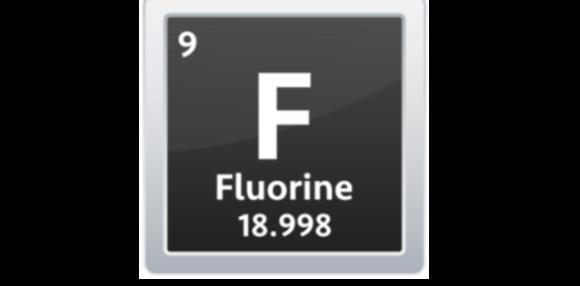STEPHANIE SKOPEK DDS

- posted: Feb. 02, 2022
Fluorine, in the form of a fluoride ion is a naturally occurring element (number 9 in the periodic table) on Earth that is released from rocks, soil, water and air. All ground water on this planet contains fluoride, but the amount varies by location and climate. The concentration is usually not enough to prevent tooth decay; however, there are some springs that do contain elevated levels of this mineral.
In the 1930s, scientists studying the relationship between tooth decay in children and naturally occurring fluoride in drinking water, found that children who were already drinking water with naturally high levels of fluoride had significantly less tooth decay. This discovery occurred at a time when most children and adults in the United States were affected by tooth decay. Many suffered from toothaches and painful extractions—often losing permanent teeth, including molars, even as teenagers.
Fluoride is added to the water supply in the form of fluorosilicic acid which immediately dissolves, producing the negatively charged fluoride ion that travels through the blood stream to areas of the body with high calcium like teeth to be incorporated into the developing tooth structure forming a stronger natural compound that is more resistant to acid produced by bacteria in the mouth.
Water fluoridation has been scientifically proven for decades to reduce tooth decay by 25% or more according to most studies. In private practice, it is obvious to see the difference in caries rates between kids that grew up with an adequately public fluoridated water supply versus well water with no fluoride supplementation.
Can you get too much of a good thing? ABSOLUTELY
Just like anything, too much fluoride can be harmful or even toxic. Chronic ingestion of water that contains 4.0 mg/L can lead to skeletal fluorosis, which is an accumulation of fluoride in the bones causing skeletal changes. This takes many decades and is extremely rare in developed countries like the United States.
Excess fluoride can also cause dental fluorosis, which is an accumulation of fluoride in teeth.
In 1901, an American dentist who moved to Colorado Springs noticed a lot of undesirable staining and mottling of teeth in the local population. There was also a very low incidence and rate of dental caries in these same mottled teeth. Evidence accumulated that these two occurrences were related and a result of too high concentrations of fluoride in the drinking water.
Enamel mottling occurs with ingestion of water containing a concentration of 2 mg/L fluoride or higher for long periods of time while teeth are developing. The safest level of fluoride in drinking water has consistently been studied to be around 1 mg/L to protect against tooth decay but to not cause dental fluorosis. However, because we acquire fluoride from many sources today, including food, tap water, bottled water and other beverages, toothpastes and mouth rinses, community water fluoride levels are set and regulated at 0.7 mg/L for safety and efficacy (with a range of .07-1.2 mg/L). This is well below the concentration that can cause adverse effects but sufficient enough to protect the teeth from decay. This is also why it is common and highly likely to have no decay at all as an adult where that used to be very rare. Fluoride combined with dental sealants is the IDEAL decay prevention combination.
Talk about a WIN WIN!
Communities in the United States have been adjusting local water supplies by adding fluoride for over 75 years. This is the most efficient and cost effective way to lower and eliminate the chronic disease of childhood caries.


